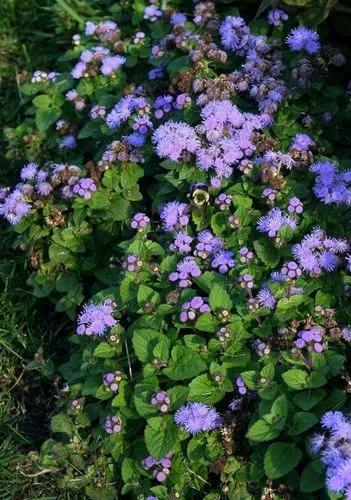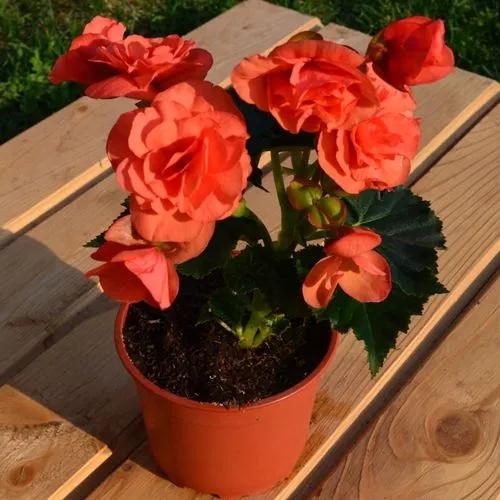Lamium purpureum, known as red dead-nettle,[1] purple dead-nettle, or purple archangel,[2] is a herbaceous flowering plant native to Europe and Asia.
Red Dead-Nettle Care
Lamium purpureum



Lamium purpureum grows with square stems to 5–20 cm [4](rarely 30 cm) in height. The leaves have fine hairs, are green at the bottom and shade to purplish at the top; they are 2–4 cm long and broad, with a 1–2 cm petiole (leaf stalk), and wavy to serrated margins.
The zygomorphic flowers are bright red-purple, with a top hood-like petal, two lower lip petal lobes and minute fang-like lobes between. The corolla shows a line of hairs near the base of the tube.[4] They may be produced throughout the year, including mild weather in winter. This allows bees to gather its nectar for food when few other nectar sources are available. It is also a prominent source of pollen for bees in March/April (in UK), when bees need the pollen as protein to build up their nest.
It is often found alongside Henbit Dead-nettle (Lamium amplexicaule), which is easily mistaken for it since they both have similar looking leaves and similar bright purple flowers; they can be distinguished by the stalked leaves of Red Dead-nettle on the flower stem, compared to the unstalked leaves of Henbit Dead-nettle.
Though superficially similar to species of Urtica (true nettles) in appearance, it is not related and does not sting, hence the name "dead-nettle". Invasive in the US.
This plant is useful.
How to get rid of:
Put on gloves and gently pull out the plant with the root system, you can use a shovel for convenience.
How to Care for the Plant

Popularity

2,200 people already have this plant 461 people have added this plant to their wishlists
Discover more plants with the list below
Popular articles






